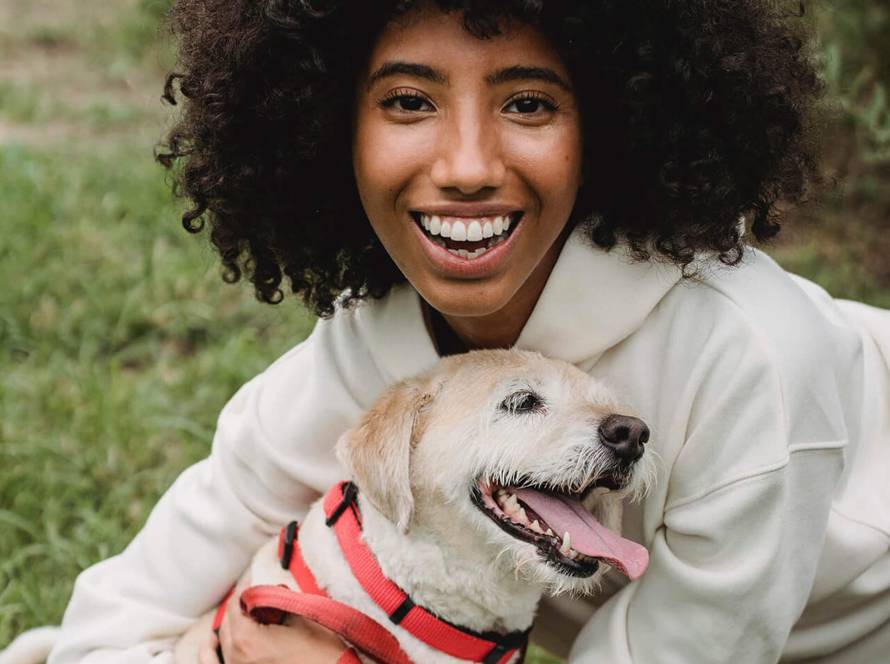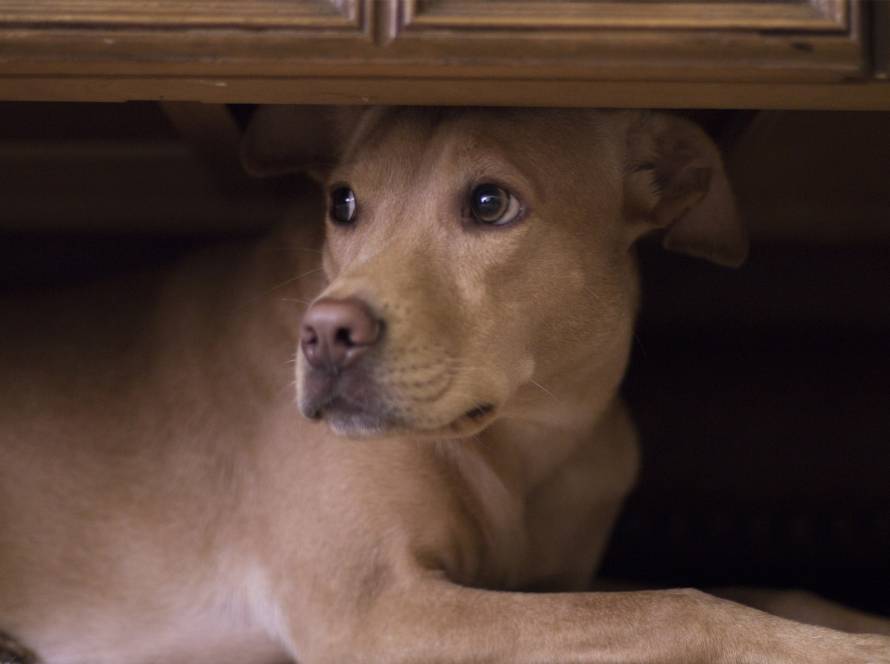Babies, Toddlers and Young Children – how to keep everyone safe and happy!
Just like your puppy is learning about the world in which they live in, babies and toddlers are too. Young children’s natural instincts mean that are likely to want to touch, pull, grab at and pick up items they come into contact with and this is likely to include your dog. It’s no surprise that young children want to touch and cuddle puppies as they are extremely cute (and often look just like the teddies they have), but unlike us, dogs often instinctively find hugs and being in close proximity to faces a frightening experience. We do not ever recommend young children to cuddle or lean on dogs as it’s usually that the dog is tolerating the behaviour, rather than enjoying it. The problem is, what happens when the dog stops tolerating it?
Puppies and Children – safe handling tips
-
Encourage gentle stroking at all times – no pulling, grabbing, cuddling or sitting on.
-
Let your puppy sleep undisturbed. Puppies need a lot of sleep – being startled or woken regularly may begin to affect their behaviour and they may become irritable or defensive.
-
A good way to see if a dog would like to have a stroke is simply to ask them. When they are awake call them to you as opposed to approaching them. If they approach confidently, then this is their way of saying ‘yes’ and if they stay where they are, they are politely declining your invitation, respect that!
-
If either your puppy or child is having one of those days (too excitable, easily frustrated or just a bit boisterous), then management is the key to avoiding accidents. Use your stair gate or crate and keep your puppy safely occupied with a tasty chew or stuffed Kong. When your baby, toddler or young child is napping or at nursery / pre-school, take this opportunity to ensure your dog’s needs are met by having some fun playing and training together.
-
Take care that your baby or child doesn’t touch or walk into your puppy when they are eating or chewing. Although your child is unlikely to want to eat the chew, your puppy won’t know this and may feel worried and behave defensively. Take steps to prevent resource guarding (see resource guarding hand out) and teach your dog to swap. Don’t allow your child to chase your dog.
-
When your child is old enough to get involved, show them how to play safely and help with training. Both your dog and child will enjoy this immensely and it’s a fantastic way of them interacting with each other and developing a bond.
-
Most importantly, actively supervise. When your child and puppy/dog are together, make sure you pay attention to what is happening at all times as you’ll want to intervene at the earliest opportunity should either look worried or you see that things are getting out of hand.
Signs that your puppy/dog is feeling worried are:
-
avoidance, moving away, hiding
-
tail tucked under, looking away, appearing ‘smaller’
-
lip licking, yawning (when not sleepy), paw raising
-
growling, flashing teeth, snapping, biting
Equally if you see your child becoming frightened or annoyed by your puppy, intervene. Young children can easily become irritated by a puppy, especially if they try to play with their toys or walk all over a favourite puzzle. It’s much nicer and safer for both if you remove the puppy in these situations (and give them something else to do) as this will ensure that their relationship stays on track
Written by Jo Croft Hart IMDT




